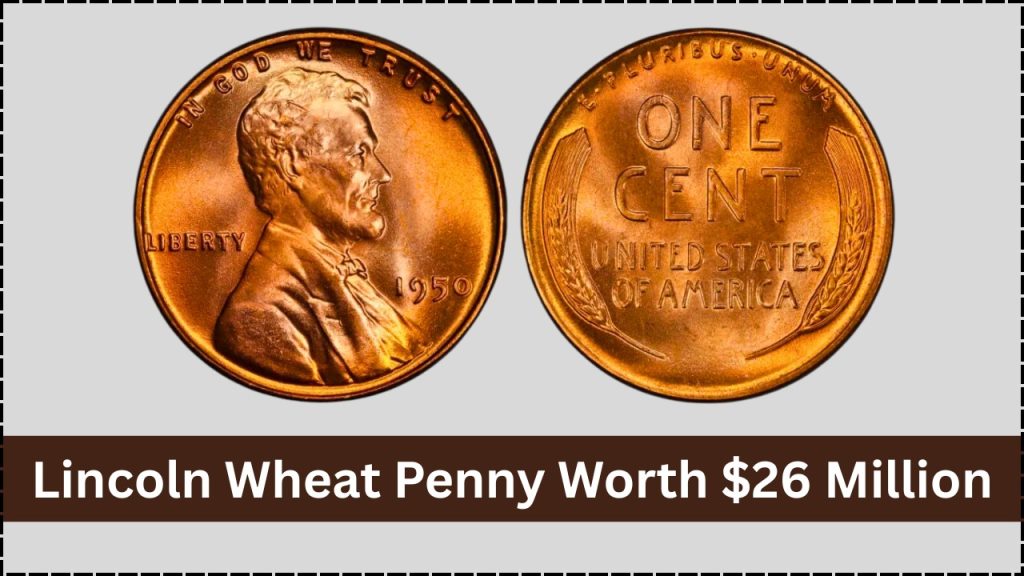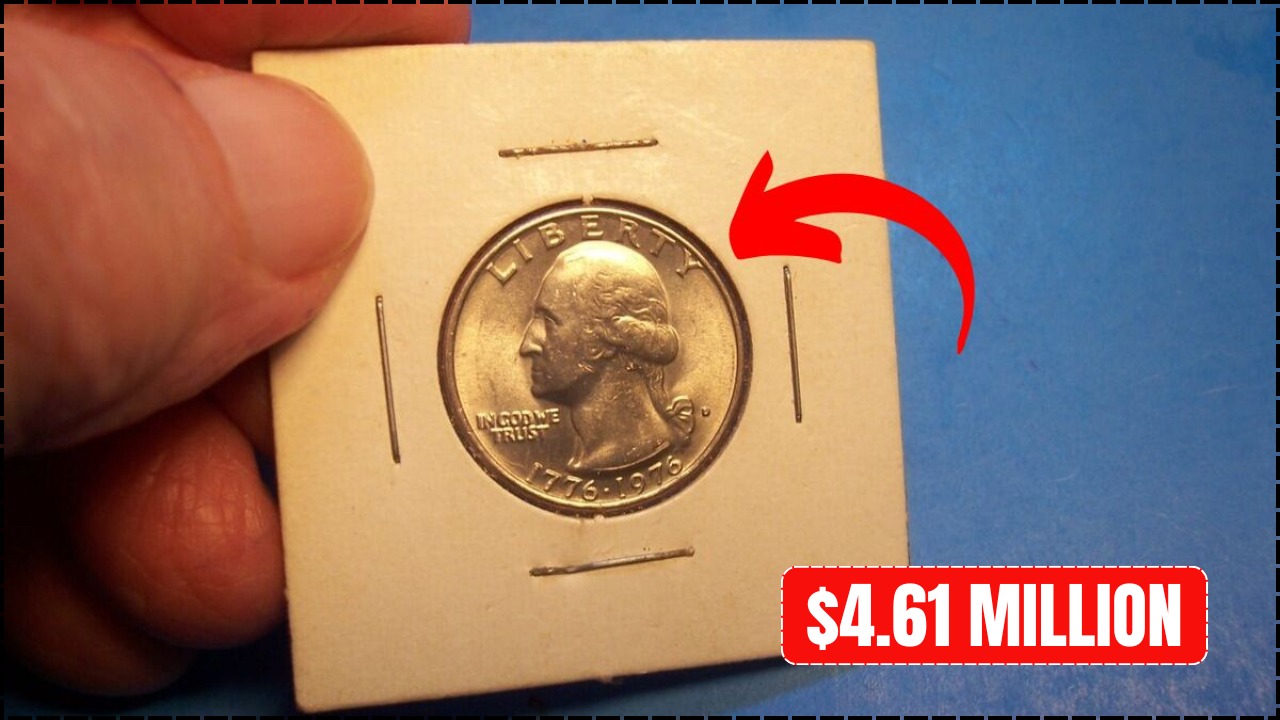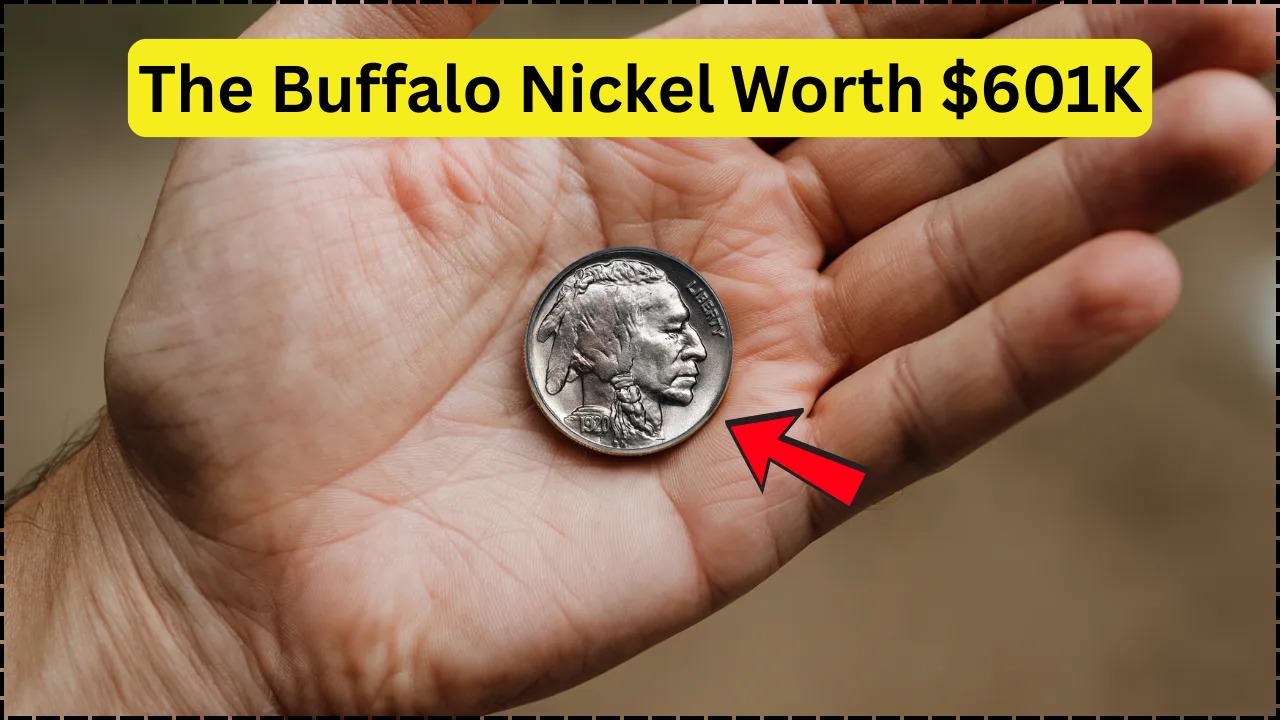
Pennies are often seen as the least valuable coins in our wallets—forgotten in jars, dropped under car seats, or used as loose change. But what if one of those overlooked coins was actually worth millions? That’s not an urban legend—it’s the remarkable case of the 1943 Lincoln Wheat Penny, a coin so rare and historically fascinating that one example has been valued at a staggering $26 million.
If you’ve got a jar of old coins or a handful of pennies from a cash transaction, you might want to take a second look. Here’s everything you need to know about this legendary coin, how to spot one, and what to do if you think you’ve found it.
Table of Contents
Overview
| Feature | Details |
|---|---|
| Coin Name | 1943 Lincoln Wheat Penny (copper version) |
| Composition | Mistakenly struck on bronze (copper) planchets instead of steel |
| Estimated Value | Up to $26 million for top-condition examples |
| Minted | Accidentally during World War II |
| Color | Coppery brown or reddish (not silver) |
| Rarity | Extremely rare – only a handful known to exist |
| Verification Needed? | Yes – must be authenticated by professional grading services |
| More Info | https://www.usmint.gov |
A Brief History of the Lincoln Wheat Penny
The Lincoln Wheat Penny made its debut in 1909, celebrating the 100th anniversary of Abraham Lincoln’s birth. It was also the first U.S. coin to feature a real person rather than symbols like Lady Liberty or eagles.
Design Highlights:
- Obverse (Front): Lincoln’s profile, “In God We Trust,” “Liberty,” and the mint year.
- Reverse (Back): Two wheat stalks bordering the words “One Cent” and “United States of America.”
The Wheat design was in production until 1958, after which the Lincoln Memorial replaced the wheat stalks. But among the millions of these coins produced, one year stands out as the most sought-after: 1943.
Why the 1943 Copper Penny Is So Rare
During World War II, copper became a vital resource for making ammunition and wiring. To conserve metal, the U.S. Mint switched to using steel coated with zinc to make pennies in 1943. These coins appeared silver in color, unlike the traditional copper ones.
However, due to a minting error, a few leftover copper planchets from 1942 accidentally slipped into the presses. The result? A tiny number of copper 1943 Wheat Pennies—coins that were never supposed to exist.
Because of their accidental nature, these pennies are now among the most valuable coins in the world. Some have fetched over $1 million at auction, and one high-grade specimen is rumored to be worth $26 million.
How to Spot a Real 1943 Copper Penny
Think you’ve found something unusual in your spare change? Here’s how to examine a 1943 penny to see if it could be the real copper version:
1. Color Check
- Steel version: Shiny silver or grayish appearance
- Copper version: Brown, reddish, or typical penny color
2. Magnet Test
- Use a fridge magnet or similar.
- Steel pennies will stick to the magnet.
- Copper ones won’t.
3. Weight
- Steel penny: 2.7 grams
- Copper penny: 3.11 grams
- You’ll need a precise digital scale to verify this.
4. Watch Out for Fakes
- Some counterfeiters alter 1948 pennies by shaving the “8” to look like a “3.” Look closely at the date to confirm.
What to Do If You Think You’ve Found One
If you believe your 1943 penny could be copper, don’t clean or polish it. Cleaning damages the coin’s surface and can drastically lower its value.
Step-by-step:
- Leave the coin untouched.
- Get it authenticated by a reputable grading service such as:
- PCGS – Professional Coin Grading Service
- NGC – Numismatic Guaranty Corporation
- If confirmed as authentic, consider selling it through a respected auction house like:
- Heritage Auctions
- Stack’s Bowers
- Or trusted coin dealers
These platforms have access to serious collectors who are ready to pay top dollar for rare finds.
Other Valuable Wheat Pennies to Look For
Even if the 1943 copper penny escapes your search, there are other Lincoln Wheat Pennies that could still be worth thousands.
| Coin | Estimated Value | Reason |
|---|---|---|
| 1909-S VDB | Up to $50,000 | First-year issue with designer’s initials |
| 1914-D | $5,000–$30,000 | Rare Denver mint release |
| 1922 No D | $10,000+ | Mint mark missing due to die issue |
| 1955 Doubled Die | $1,500–$10,000 | Clearly doubled lettering on obverse |
Each of these coins stands out for specific errors, low mint numbers, or unique design characteristics that make them desirable to collectors.
Coin Hunting:
Coin collecting isn’t just for numismatists or antique dealers—it’s become a fun and potentially lucrative hobby for everyday people.
Here are some ways to get started on your own modern-day treasure hunt:
- Check your change every day
- Go through old jars of coins at home
- Ask older relatives if they have forgotten coin collections
- Buy bank rolls of pennies and sift through them
- Visit garage sales, estate sales, or coin dealers
- Join local coin clubs for tips and community events
Many people have struck gold—sometimes literally—by doing nothing more than paying attention to the pennies that pass through their hands.
FAQs
Q1: What makes the 1943 copper penny so valuable?
A = It was accidentally minted during WWII when pennies were supposed to be steel. Only a few exist.
Q2: How can I check if my 1943 penny is copper?
A = Use a magnet—if it doesn’t stick and looks coppery, it could be the rare one.
Q3: Should I clean a rare penny?
A = Never clean it. Cleaning reduces its value. Have it authenticated professionally.
Q4: Where can I sell a valuable penny?
A = Through certified auction houses or reputable coin dealers after authentication.





